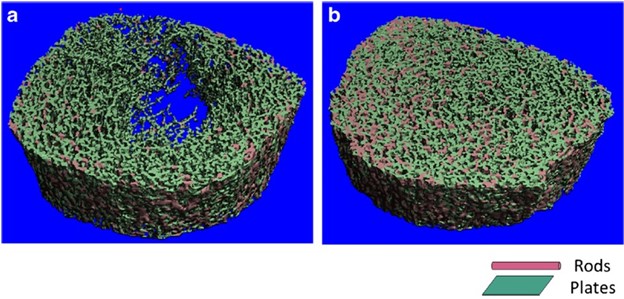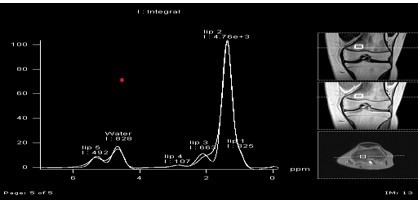Research
High-resolution peripheral computed tomography
High-resolution peripheral computed tomography (HRpQCT) is a bone assessment modality that affords measurements of the appendicular (peripheral) skeleton, as well as an evaluation of bone microarchitecture and skeletal strength. As a non-invasive tool, it is ideal for obtaining measurements in the pediatric and adolescent population. Our lab is one of a relatively small number of centers that has an HRpQCT scanner. In a number of chronic disease models, we are examining the relation between failure load and other HRpQCT–derived outcomes and fracture risk.

Evaluations of bone marrow composition
Our team is using magnetic resonance (MR) imaging and spectroscopy to evaluate bone marrow fat, an outcome that is directly influenced by hormonal signals. We have studied bone marrow composition in adolescents with anorexia nervosa, and are employing this technique to examine the correlation between marrow fat and bone accrual in adolescents with inflammatory bowel disease and other pediatric clinical models. T1 maps and MR spectroscopy evaluations afford noninvasive means to evaluate bone marrow composition in children and adolescents.

 BACK TO TOP
BACK TO TOP